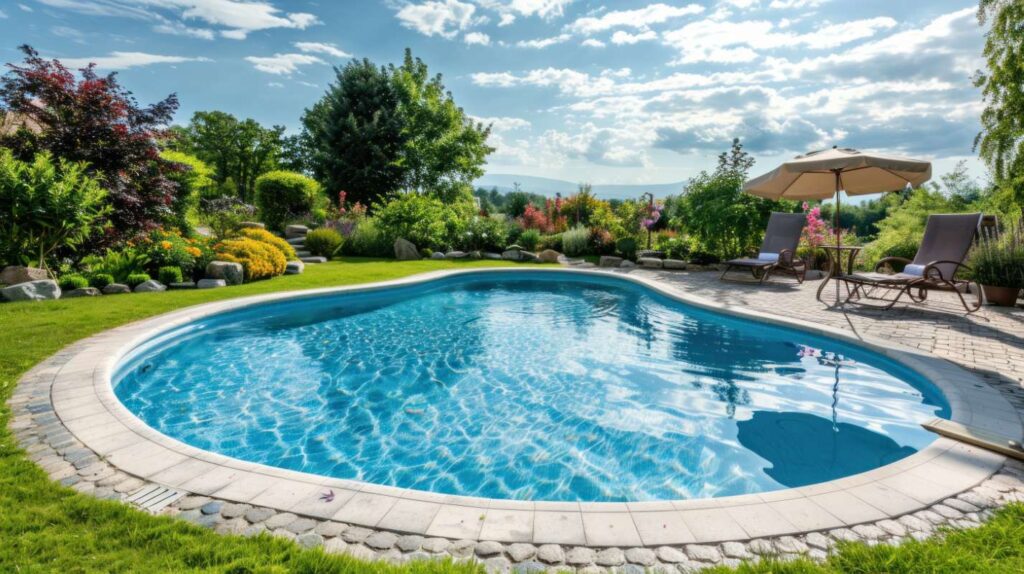Cartridge Filter Replacement: When and How
Discover when and how to replace cartridge filters to maintain your pool’s cleanliness and efficiency. Learn essential tips and best practices!
Maintaining a clean and efficient swimming pool is essential for any pool owner, and one of the critical components in this maintenance routine is the cartridge filter. Proper understanding of when and how to replace your cartridge filter can significantly impact the longevity of your pool system and the enjoyment of your swimming experience. In this comprehensive guide, we will delve into the signs that indicate it’s time for a replacement, the step-by-step process for changing out your filter, and best practices to ensure optimal pool performance. Whether you’re a new pool owner or a seasoned veteran, this guide will equip you with the knowledge you need.
Understanding Cartridge Filters
– Cartridge filters serve a crucial function in your pool’s filtration system by trapping dirt, debris, and other contaminants, thus keeping the water clean and clear.- Unlike sand filters, which rely on sand to filter water, cartridge filters utilize a replaceable filter element made of pleated polyester or other fabrics. This design allows for improved filtration and easier maintenance.- Over time, cartridge filters can become clogged, affecting their efficiency and the overall health of your pool.To grasp the importance of timely replacement, consider the following statistics:- A well-maintained cartridge filter can last between 1-2 years, depending on usage and environmental factors.- Neglecting to replace a filter past its service life can lead to higher energy costs, as your pump must work harder to push water through a clogged filter.
Signs It’s Time to Replace Your Cartridge Filter
Recognizing the signs that your cartridge filter needs replacement is crucial for maintaining your pool’s health. Here are some key indicators:1. Increased Pressure: Most pool systems have a pressure gauge that indicates when the filter is becoming clogged. If you notice the pressure reading rising above the normal operating range (typically between 10-25 PSI), it may be time for a replacement.2. Poor Water Quality: If your pool water is looking cloudy or has developed an unpleasant odor despite regular cleaning and chemical balancing, your cartridge filter may not be effectively doing its job.3. Visible Damage: Inspect your cartridge filter regularly. If you notice tears, cracks, or other forms of visible wear, it’s a clear sign that you need to replace it.4. Extended Cleaning Intervals: If you find yourself cleaning your filter more often than usual, it’s likely that the filter is nearing the end of its effective lifespan and should be replaced.5. Age of the Filter: Even if your filter appears to be functioning, if it’s over two years old, consider replacing it as a preventive measure to avoid unexpected issues.By staying vigilant about these indicators, you can extend the lifespan of your pool equipment and ensure a pleasant swimming experience.
How to Replace Your Cartridge Filter: A Step-by-Step Guide
Replacing your cartridge filter is a straightforward process that can be accomplished with a few basic tools. Here’s a detailed guide to help you through the replacement process:1. Gather Your Materials: – New cartridge filter (make sure it is compatible with your pool’s filtration system) – A pair of gloves – A hose for rinsing – A bucket (optional for any residual water)2. Turn Off the Power: Safety first! Make sure to turn off the power to your pool’s pump and filtration system to prevent any accidents.3. Release Pressure: Locate the air relief valve on your filter and open it to release any built-up pressure in the system.4. Remove the Filter Housing Cover: Depending on your filter model, this may require a wrench or simply unscrewing bolts. Carefully take off the lid to access the cartridge.5. Take Out the Old Cartridge: Remove the old cartridge filter from its housing. Be cautious as some water may still be in the filter.6. Clean the Filter Housing: Before inserting the new cartridge, rinse out the filter housing with a hose to remove any debris or dirt that may have accumulated.7. Insert the New Cartridge: Place the new cartridge filter into the housing. Ensure it fits snugly and securely.8. Reattach the Filter Housing Cover: Replace the lid and tightly secure it to prevent leaks.9. Re-establish System Pressure: Close the air relief valve and turn the pump back on. Allow the system to run for a few minutes and check for any leaks.10. Monitor Performance: After replacing the filter, keep an eye on your filter pressure gauge and water quality over the next few days to ensure everything is functioning properly.By following these simple steps, you can ensure a successful filter replacement and maintain your pool’s cleanliness and efficiency.
Best Practices for Maintaining Your Cartridge Filter
To maximize the lifespan of your cartridge filter and ensure optimal performance, consider adopting the following best practices:- Regular Cleaning: Clean your cartridge filter every few weeks, depending on usage. This typically involves rinsing the filter with a hose to remove debris and contaminants.- Use a Filter Cleaner: Occasionally, use a specialized filter cleaning solution to remove oils and organic materials that water alone may not eliminate.- Maintain Pool Chemistry: Keeping your pool’s chemical balance in check can help prevent excessive buildup on your filter. Regularly test and adjust the pH, alkalinity, and sanitizer levels.- Inspect Regularly: Make it a habit to visually inspect your filter for any signs of wear or damage. Promptly address any issues to prevent costly repairs down the line.- Follow Manufacturer Guidelines: Always refer to the manufacturer’s recommendations for specific maintenance and replacement schedules. Adhering to these guidelines ensures you are using the filter within its intended parameters.Applying these best practices will not only enhance your pool’s performance but also extend the life of your cartridge filter, ultimately saving you time and money.
Conclusion
In summary, understanding when and how to replace your cartridge filter is essential for maintaining a clean and efficient swimming pool. By recognizing the signs that indicate a need for replacement, following a straightforward replacement process, and adopting best practices for maintenance, you can ensure your pool stays inviting and enjoyable for all. If you are considering becoming a pool service provider or expanding your current business, check out our
pool routes for sale and see how you can get started today. Join the ranks of successful entrepreneurs in the pool industry with the support and training offered by Superior Pool Routes. Don’t wait—take the plunge towards a cleaner pool and a thriving business!



